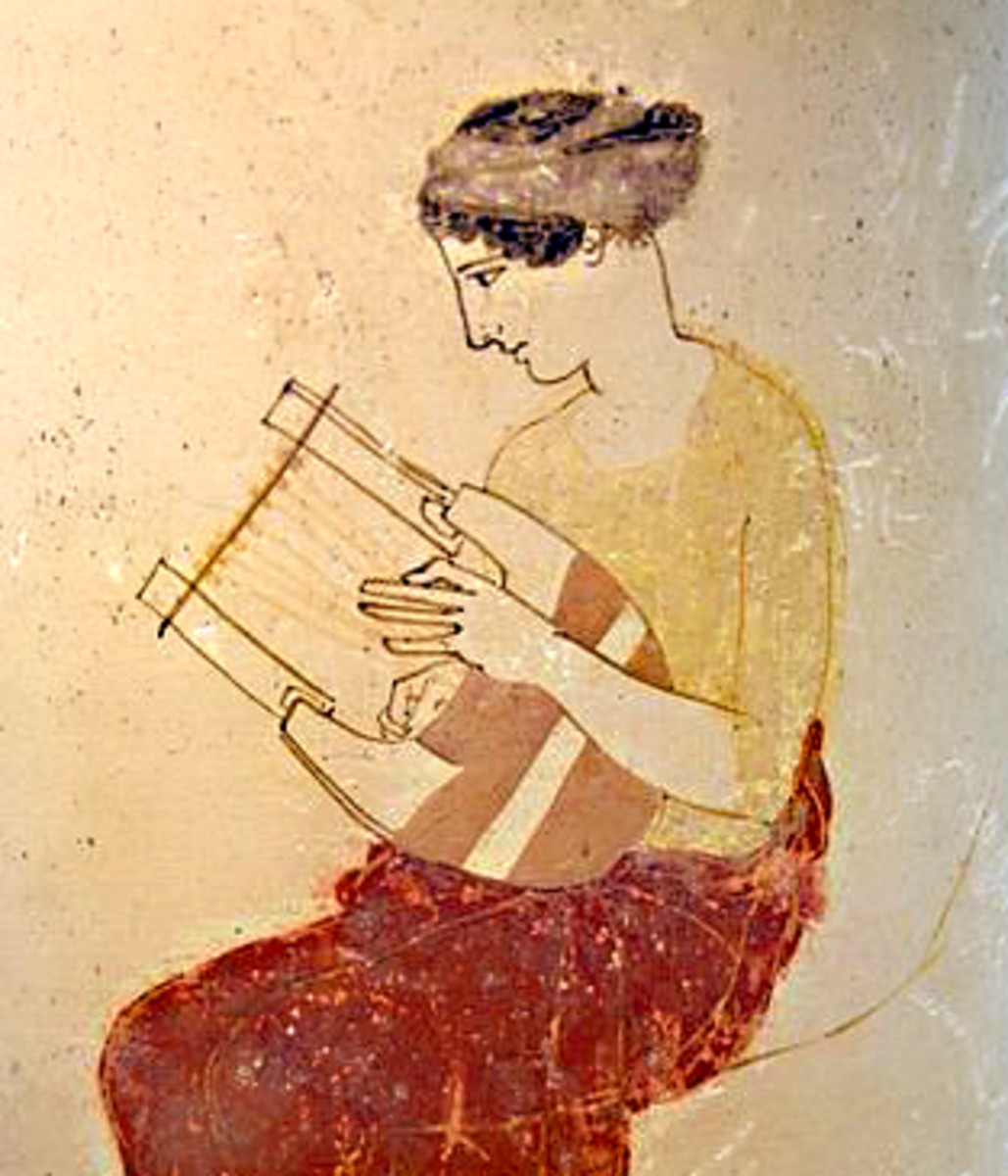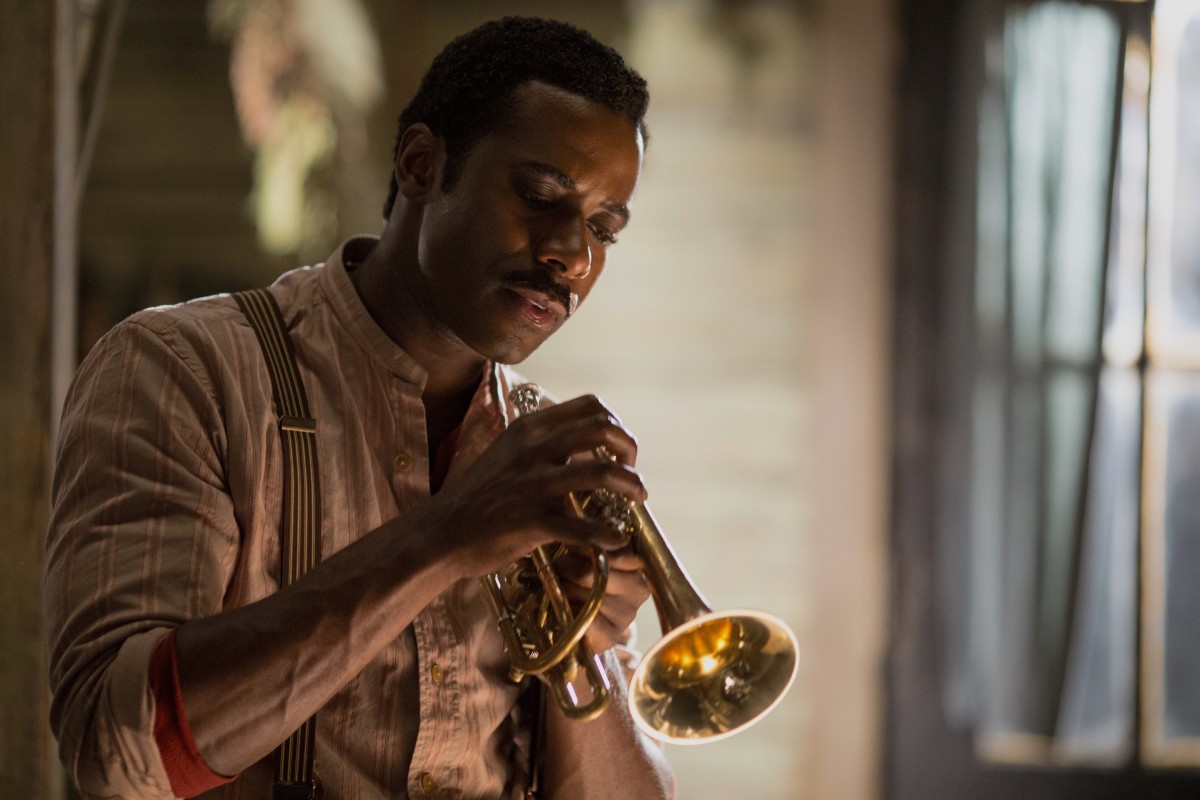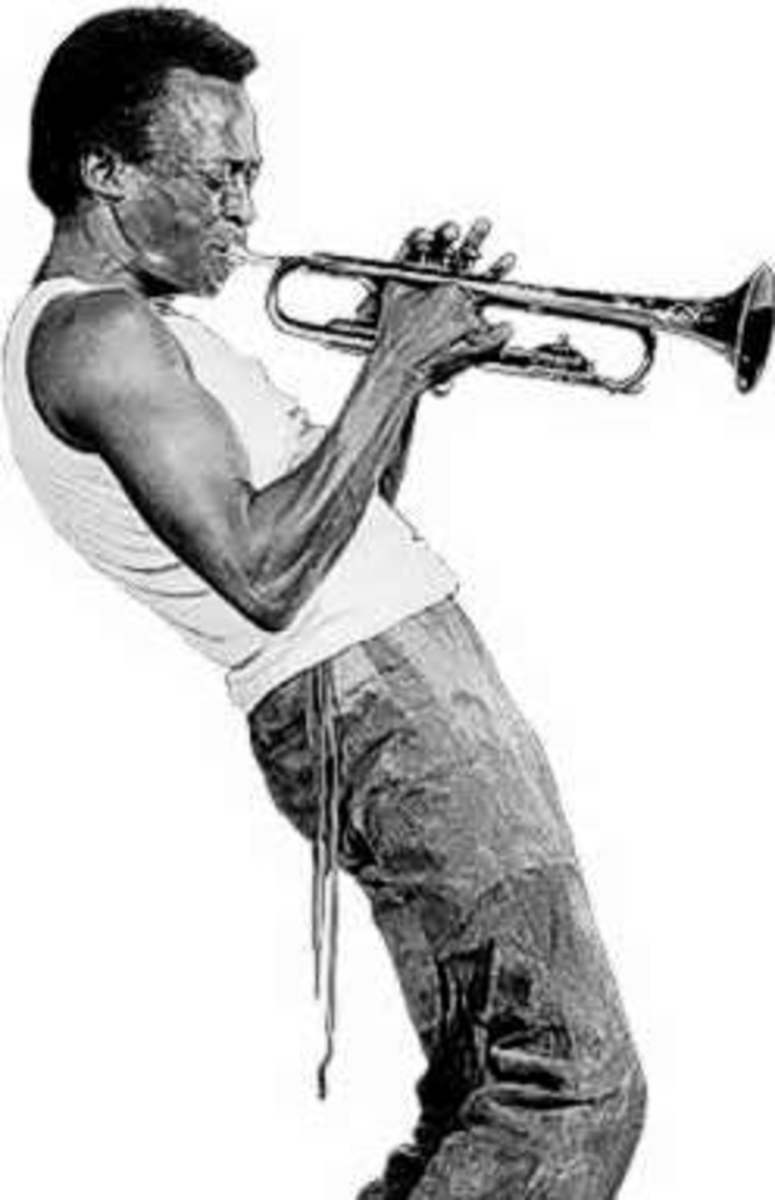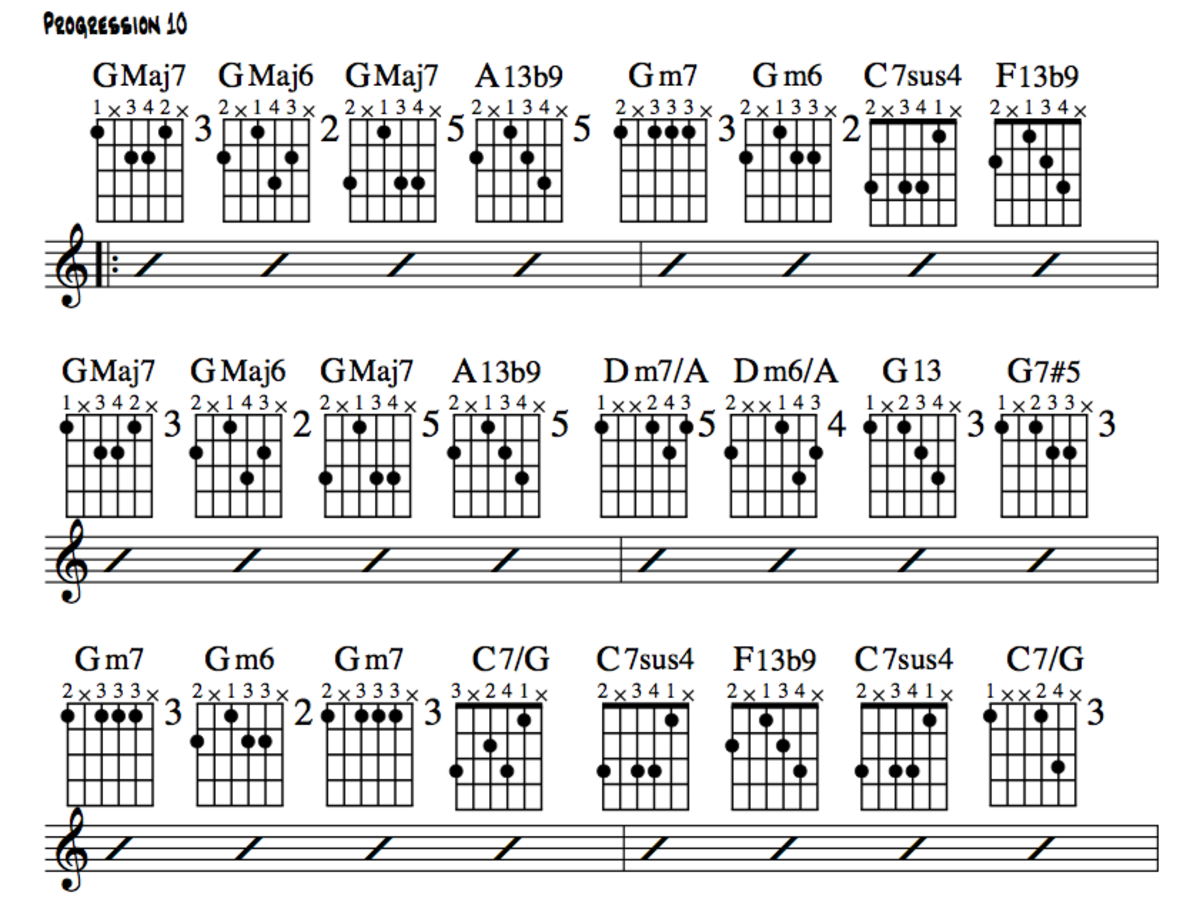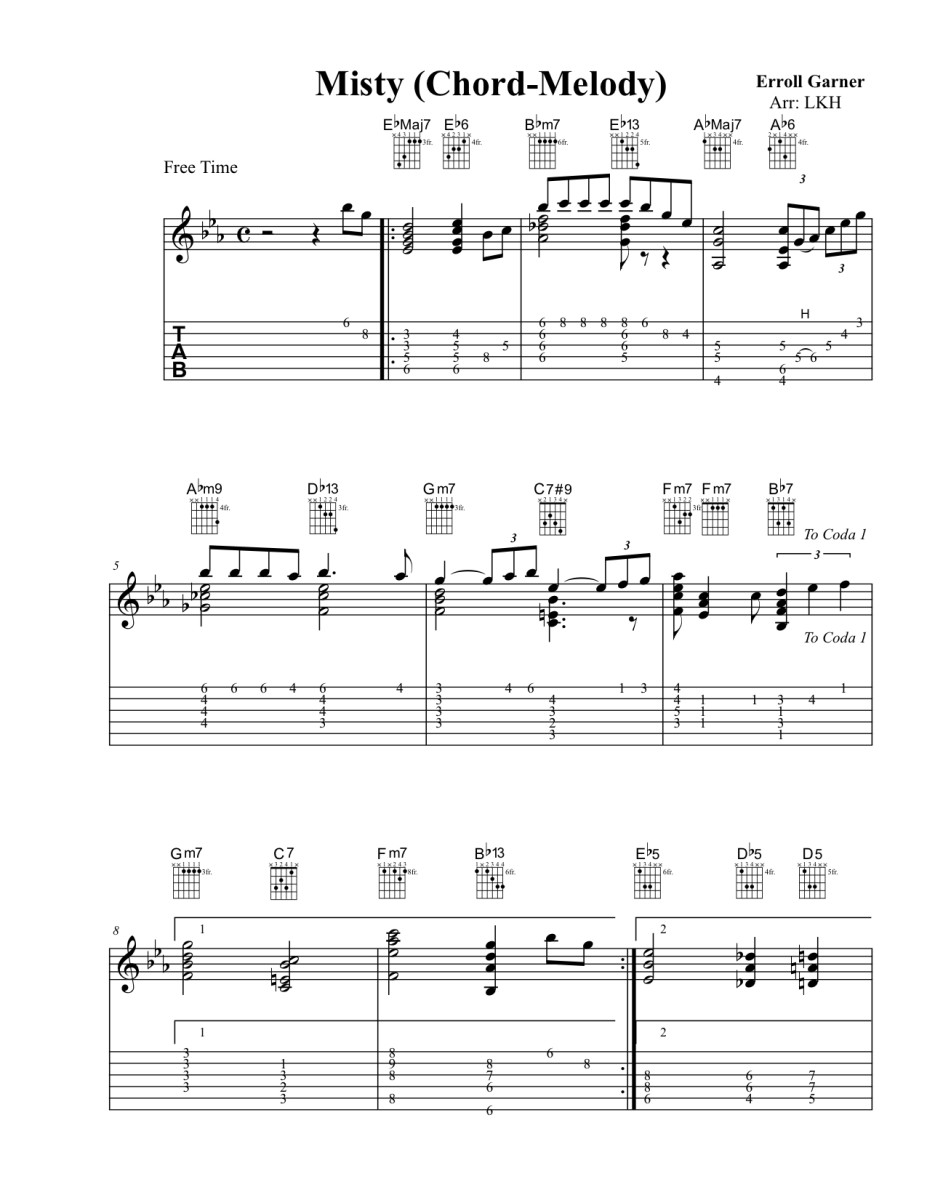Louis Armstrong: Struttin' with Some Barbeque-Life and Music
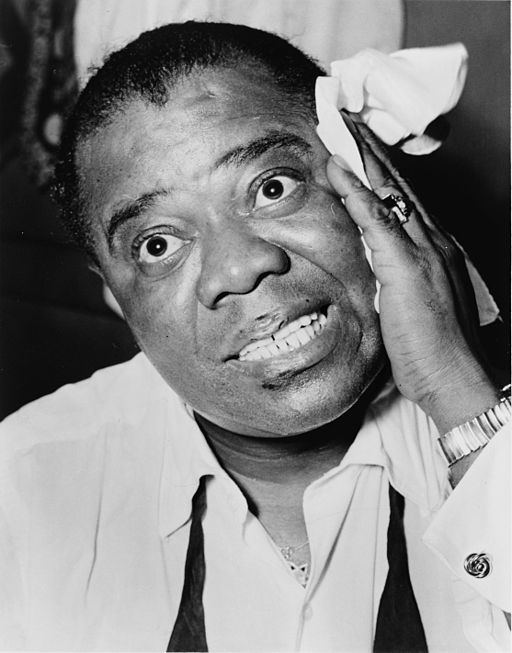
Jazz music's greatest soloist
Louis Armstrong is one of the most important figures in the history of Western popular music, and likely the most important figure in the history of jazz music. He is not only the most famous jazz musician, but he is considered by many to be the most brilliant musician who ever played the music. It was Armstrong’s innate genius as a cornet soloist during the Twenties that helped transform jazz from disposable dance music to the art form that it has become.
Early Life and Classic Sides
Louis Armstrong was born in New Orleans, Louisiana, in 1901. His father, William Armstrong, abandoned the family soon thereafter, leaving little Louis to live with his mother and sister. Armstrong and his mother lived in a section of New Orleans which was so violent, that it was referred to as “The Battlefield.”
By the time Armstrong was around five-years-old, he was already performing on New Orleans street corners, and he later landed a job hauling a junk wagon. Sometimes, Armstrong would fetch coal, which could be used for warmth on cold nights, for local prostitutes.
His employer, the Karnofsky family, provided him with the money to buy his first cornet, and Armstrong took the instrument home and taught himself to play.
On New Years’s Day, 1912; Armstrong was arrested for firing a pistol into the air on New Years’s Eve. Armstrong was known to local police for his often colourful behavior, and he was removed from his home and sent to the “Colored Waif's Home for Boys.”
At the Waif’s Home he received music lessons on the cornet from musician Peter Davis, and eventually become the leader of the Waif's Home Band. He was released in 1914, and during a coal delivery to the Storyville district, met Joe “King” Oliver, the best-known cornet player in the New Orleans. Oliver became Armstrong’s mentor, and helped him get work with a number of local bands.
By 1918, Armstrong was a member of the Kid Ory band with Oliver as its leader. When Oliver moved to Chicago, Armstrong took over the leadership of the band. The next year Armstrong was hired by Fate Marable to play in his band aboard Mississippi River steamboats.
In 1922, Armstrong was lured to Chicago by Oliver to join his band, “King Oliver’s Creole Jazz Band,” which featured a stellar lineup of musicians including Oliver on cornet, Kid Ory on trombone, Johnny Dodds on clarinet, Baby Dodds on drums, Charlie Jackson on banjo, and Lil Hardin on piano. Armstrong became the second cornetist and with Oliver, created a sensation at the city’s LincolnGardens with the brilliance of their cornet duets.
Armstrong made his first recordings with the Creole Jazz Band for the Gennett label in 1923. The first recording Armstrong appeared on was “Chimes Blues” which featured a brilliant Armstrong solo. With Armstrong on second cornet, The Creole Jazz Band made some of the best and most influential recordings of early jazz including, “Mandy Lee Blues,” “Dippermouth Blues,” “Just Gone,” and “Canal Street Blues.”
Armstrong married the band’s pianist, Lil Hardin, in 1924. Later that year, he moved to New York City and joined Fletcher Henderson’s orchestra and continued to perform and record superb solos for Henderson. During this period, Armstrong established himself as the premier blues sideman on recordings with Bessie Smith, Bertha “Chippie” Hill, and others. Perhaps the most famous of Armstrong’s blues collaborations is the session with Bessie Smith that produced “St. Louis Blues” and “Reckless Blues.”
Despite achieving much in New York, Armstrong quit Fletcher Henderson’s band and returned to Chicago in 1925 to make his first recordings for Okeh with his recording group, “Louis Armstrong and His Hot Five.”
Although it didn’t seem possible for Armstrong to outdo his work with Oliver, he did just that with a set of recordings of unparalleled brilliance, “The Hot Fives and Hot Sevens.” With support from former Creole Jazz Band members, Johnny Dodds, Baby Dodds, Lil Hardin, and Kid Ory, plus banjo player Johnny St. Cyr, Armstrong redefined jazz music on colourful recordings with equally colourful titles such as “Struttin’ with Some Barbeque,” Skid-Dat-De-Dat,” “Cornet Chop Suey,” “Big Butter and Egg Man,” and “Yes! I’m in the Barrel.”
Armstrong would be heard singing for the first time on these recordings and revealed that in addition to being the best jazz instrumentalist, he was also a vocalist of exceptional ability. Armstrong was credited with creating the wordless singing style of “scat” during a Hot Five recording session for “Heebie Jeebies” when he dropped the paper which contained the words to the song. Instead of stopping, Armstrong improvised some wordless vocalization.
By the late Twenties, The Hot Five had expanded to the Hot Seven with the addition of the great Earl Hines on piano and some shuffling of the original Hot Five lineup. This new outfit continued to produce sides of jazz genius such as, “Willie the Weeper,” “Potato Head Blues,” “Wild Man Blues,” “Alligator Crawl,” and the recording which has been cited by many jazz critics as the single most brilliant recording of jazz music, “West End Blues.”
While recording with the Hot Five, Armstrong worked with Erskine Tate and the Carroll Dickerson Orchestra. Armstrong moved with Dickerson to New York City in 1929, and appeared the same year in the Broadway musical; “Hot Chocolates.” In 1931, Armstrong appeared in his first film, “Ex-Flame.”
The Thirties and Beyond
Armstrong was gradually becoming a nationally-known music star, and his fame began to spread abroad largely due to the success of the Hot Five and Hot Seven recordings. He toured the United States and Europe throughout the Thirties. During the Forties, his appearances in films and exposure via radio solidified and magnified his star status. He would perform at Carnegie Hall, in New York City, in 1947.
Armstrong continued to be an extremely popular figure in jazz throughout the evolutions of the music through swing, bebop, and the avant-garde. While many of the musicians who were with him during the creation of the music had been forgotten, Armstrong never ceased to have a viable career. He continued to tour the world, including visits to Eastern Europe and Africa. He also continued to record with his jazz cronies. His health began to deteriorate in 1959, however, when he was hospitalized following a heart attack in Italy.
In 1964, Armstrong's single, “Hello, Dolly!,” became the number one hit on Billboard’s pop charts, just as the Beatles were first experiencing “Beatlemania” in America. Armstrong’s hit with Hello Dolly was the last time a jazz recording would top the pop charts before rock and roll took full control of them.
Armstrong continued making movie and television appearances, in addition to performing live, despite continuing heart problems, hospital stays and advice from his doctors to rest. Armstrong’s rendition of the song, “What a Wonderful World,” became a hit in 1968. The song would become a hit again in 1988, when it was included in the film, “Good Morning Vietnam.” In 1971, after performing at the Waldorf Astoria in New York City, Armstrong died in his sleep at his home.
Classic Recordings
Armstrong’s best recorded works are from the Twenties, but fortunately, these recordings are quite well-preserved. Even his first recordings with King Oliver’s Creole Jazz Band are quite high-fidelity considering they were recorded before the use of microphones. Several excellent compilations of the Hot Fives and Hot Sevens and Armstrong’s later Twenties work are available from Columbia, and they all feature excellent sound quality. Good compilations can also be found of Armstrong’s recordings with King Oliver’s Creole Jazz Band.
Armstrong started recording full-length albums in the Fifties, and his best albums include, “Louis Armstrong Plays WC Handy” (1954), “Satch Plays Fats” (1955), “Louis Armstrong Meets Oscar Peterson” (1959), and “Satchmo Plays King Oliver” (1960).
The Man and his Horn
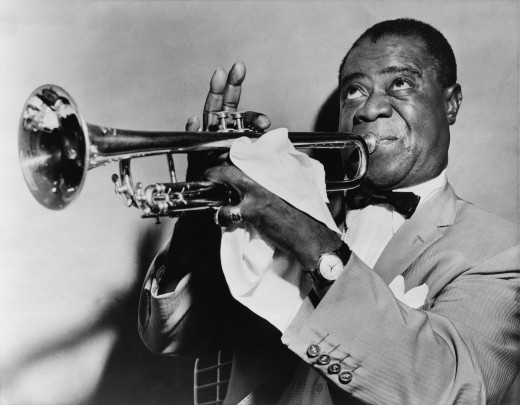
© 2013 bwestland




